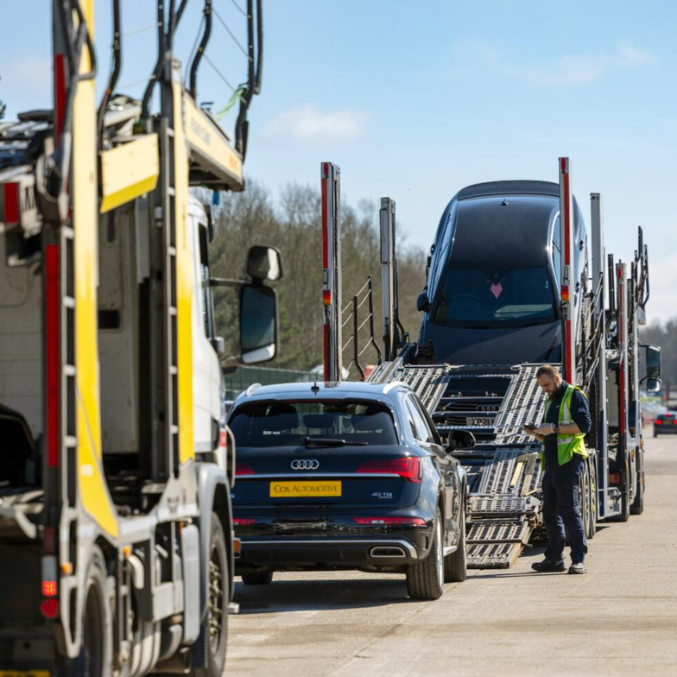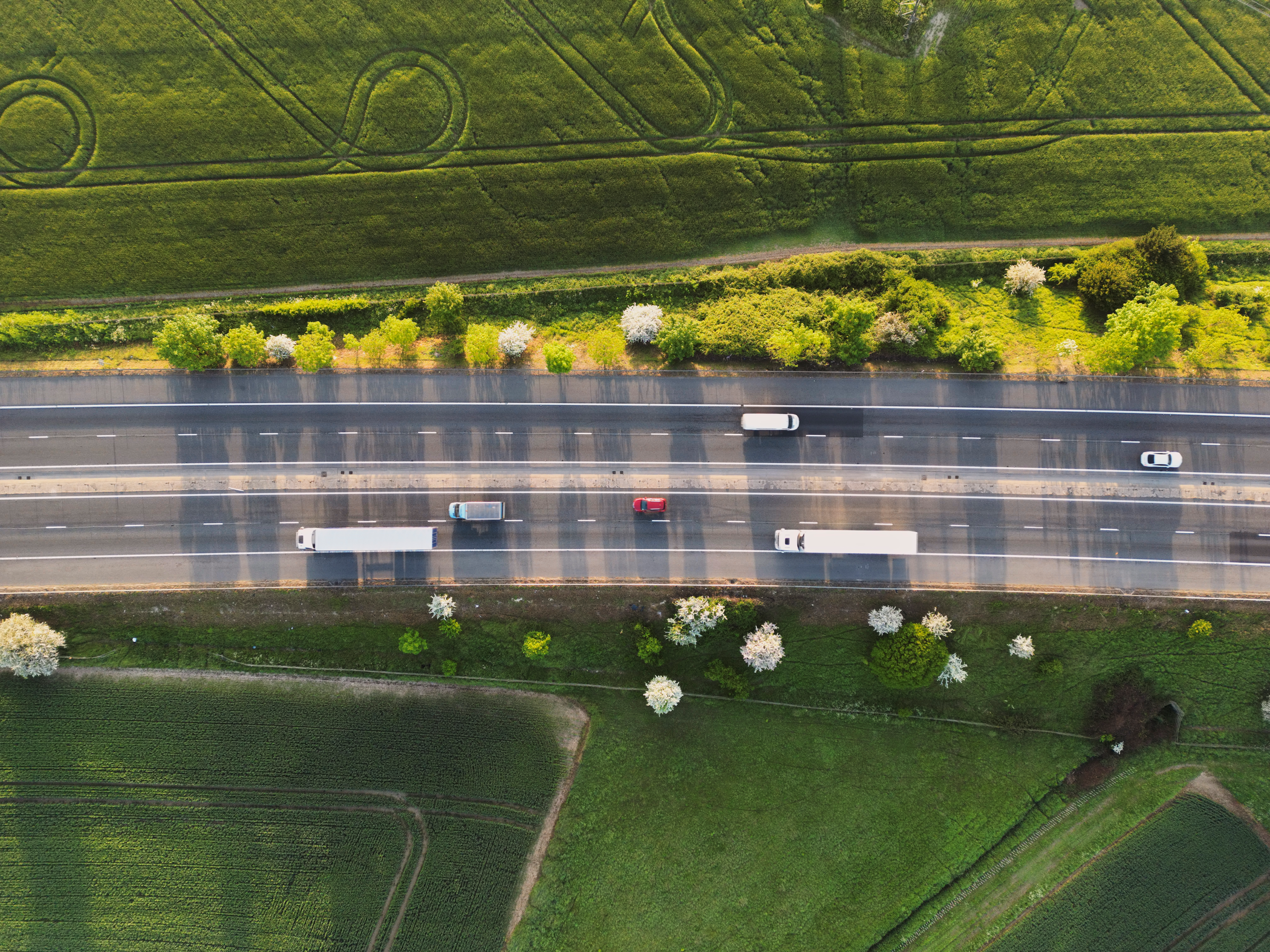Anyone who works in the distribution end of the motor industry knows that there is an obsession with market share. Not volume as such, nor profit, but market share – how is your brand doing relative to competitors?
This has come to the fore again recently as the new entrant brands have arrived from China and sought to sign up dealers in months in order to create a network that is approaching the size of much longer established brands, all in order to hit some ambitious market share target in double quick time.
Despite our consumer research over the past decade showing consistently that customers are willing to drive significantly further to buy a new car than current network densities allow for – close to an hour, compared to around twenty minutes from many networks in the major markets – there is little evidence of a decline in dealer networks. The annual rate of decline in the number of franchise points in Europe over close to 20 years has been well under 1%. Yes, there are some exceptional restructuring events, but even these tend to deliver smaller reductions than the headlines declare as the target. I hear everyone saying that I am ignoring the focus on convenience for aftersales, and that consideration is valid, but I will come back to that.

In order to get to the bottom of this, we have worked with the network experts at Urban Science in two stages to look at the size of franchise networks. We used the UK market as it has one of the most efficient network structures in Europe in terms of new cars sold per franchise point, so logically the opportunity should be less than in other markets, which appear to be even more over-dealered. In the first stage of work, they showed that cutting 50% from a typical 120-point sales network in the UK only increased average drive time by 4 minutes from 17 to 21. This is because most buyers have two or more dealers convenient to their home in different directions.
In the latest work, shared with the members of the ICDP Research Programme at our recent meeting in Frankfurt, they then addressed a second question – does a larger network deliver a higher market share? The answer was that there was a good correlation between the number of franchise points and market share achieved. That headline finding might suggest that the additional investment in the network will be justified by the extra one or two percentage points of market share. However, as with any correlated data, there are outliers, and when we look at those it is then apparent that other factors have a strong influence as well.
The data presented was obviously sanitised, so we did not know which brands were which, but you can speculate if you have a bit of market knowledge. The data suggested that a brand that scored strongly in the dealer attitude survey conducted by the NFDA, the UK dealer association, performed much better than a brand that scored poorly. The survey covers a number of points, but it includes the franchise profitability, the reasonableness of volume targets, the quality of the relationship with the manufacturer, and the product offer. That a brand with a better proposition in all of these areas should perform better in terms of market share is not surprising to anyone, which brings us back to the question of the role of network size. Would a brand that was a good commercial partner for dealers with product that was attractive to customers be able to perform equally well with a smaller dealer network?
That perhaps brings us back to the question of the other half of the typical dealership – the service department. Urban Science also presented some insights from a US survey that indicated the potential for customer retention by delivering great aftersales service and taking some simple actions to feed service customers back into sales. None of these actions were things that every aftersales manager or dealer principal would not already be aware of; the question is whether it actually happens. And if we know that closing the service to repurchase loop is inconsistently applied in an integrated sales and service operation, what are the chances of doing so if half the service points were standalone, even if under common ownership with a ‘hub’ dealer?
Clearly still lots of questions to answer, and data to mine to get some factual basis for network planning, but at least it means that our Research Programme still has plenty to look at, even after 30 years, and if we can answer those, then we can continue to deliver value to our members.






